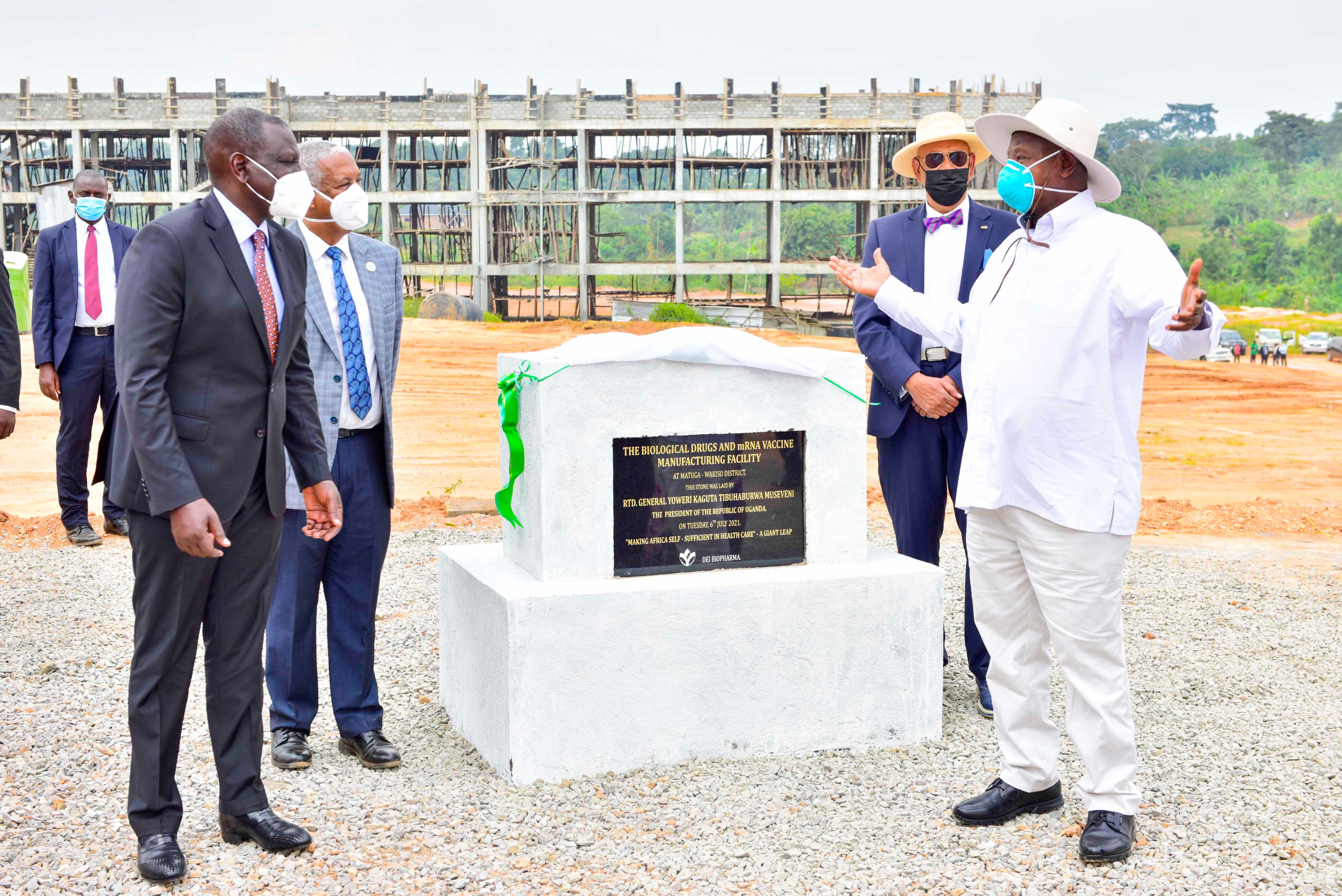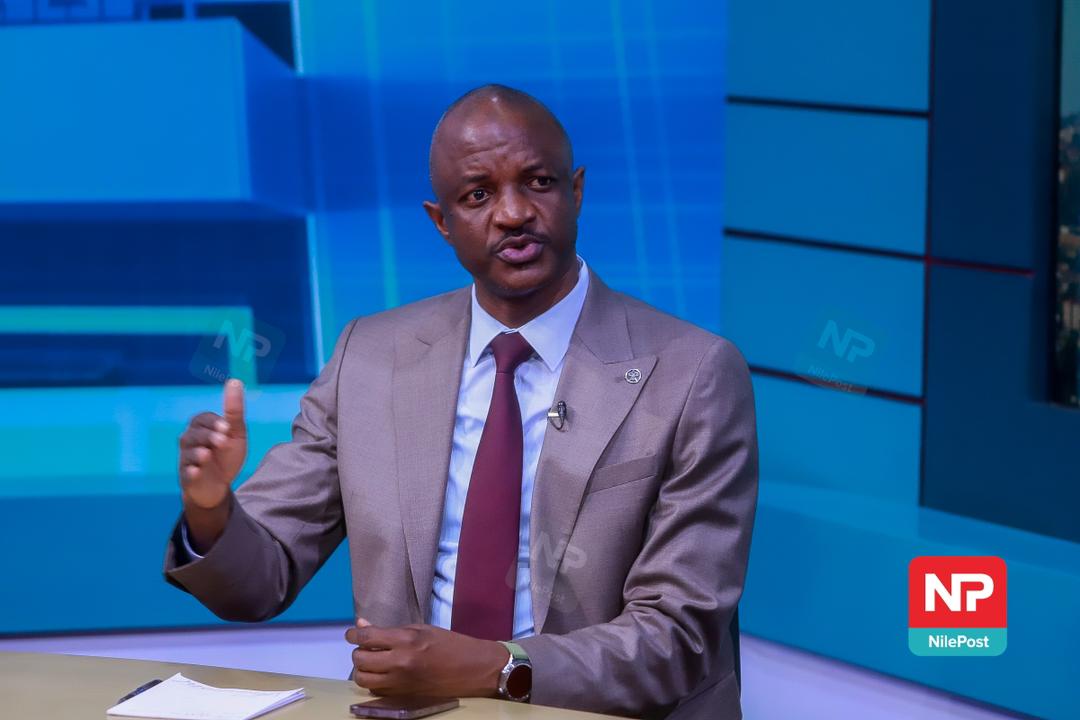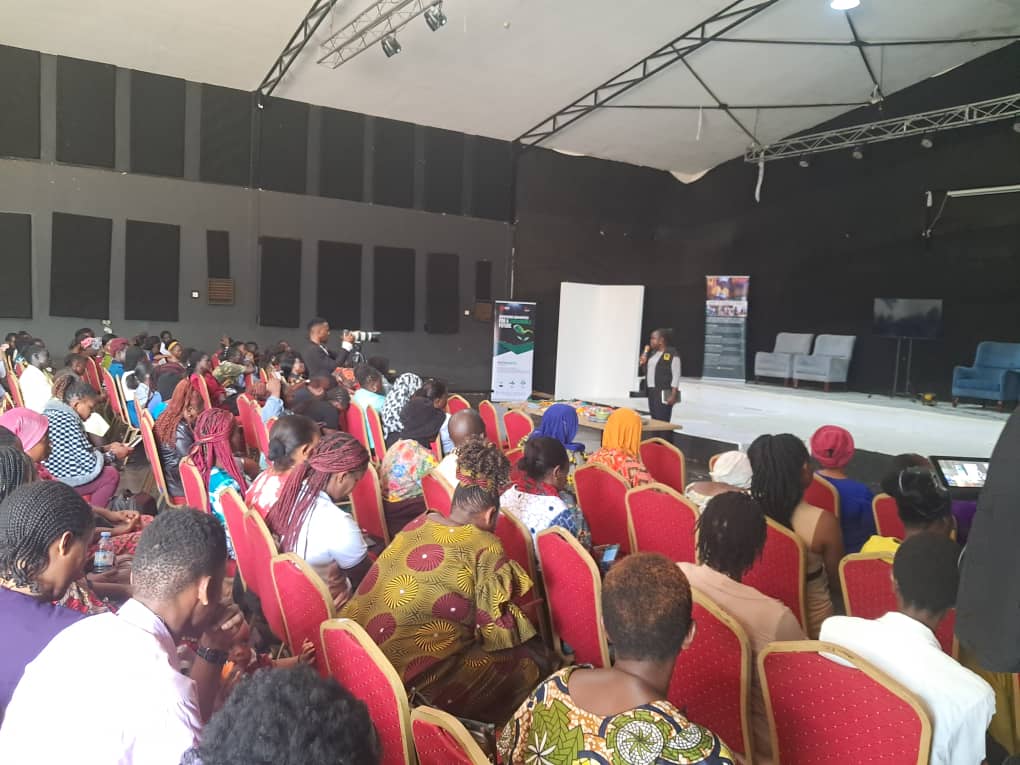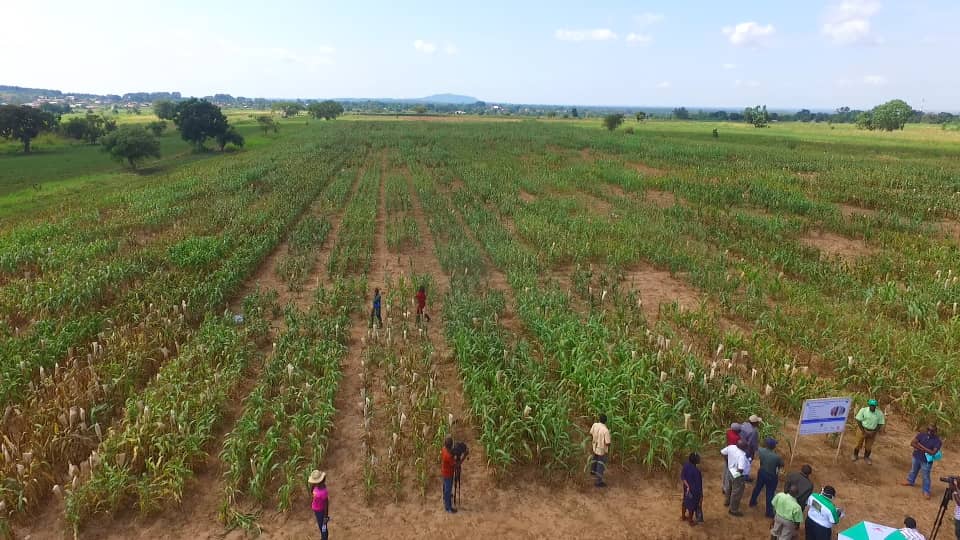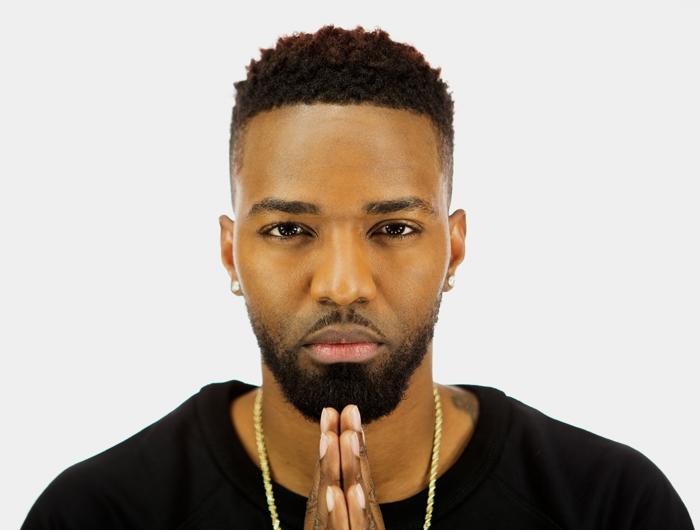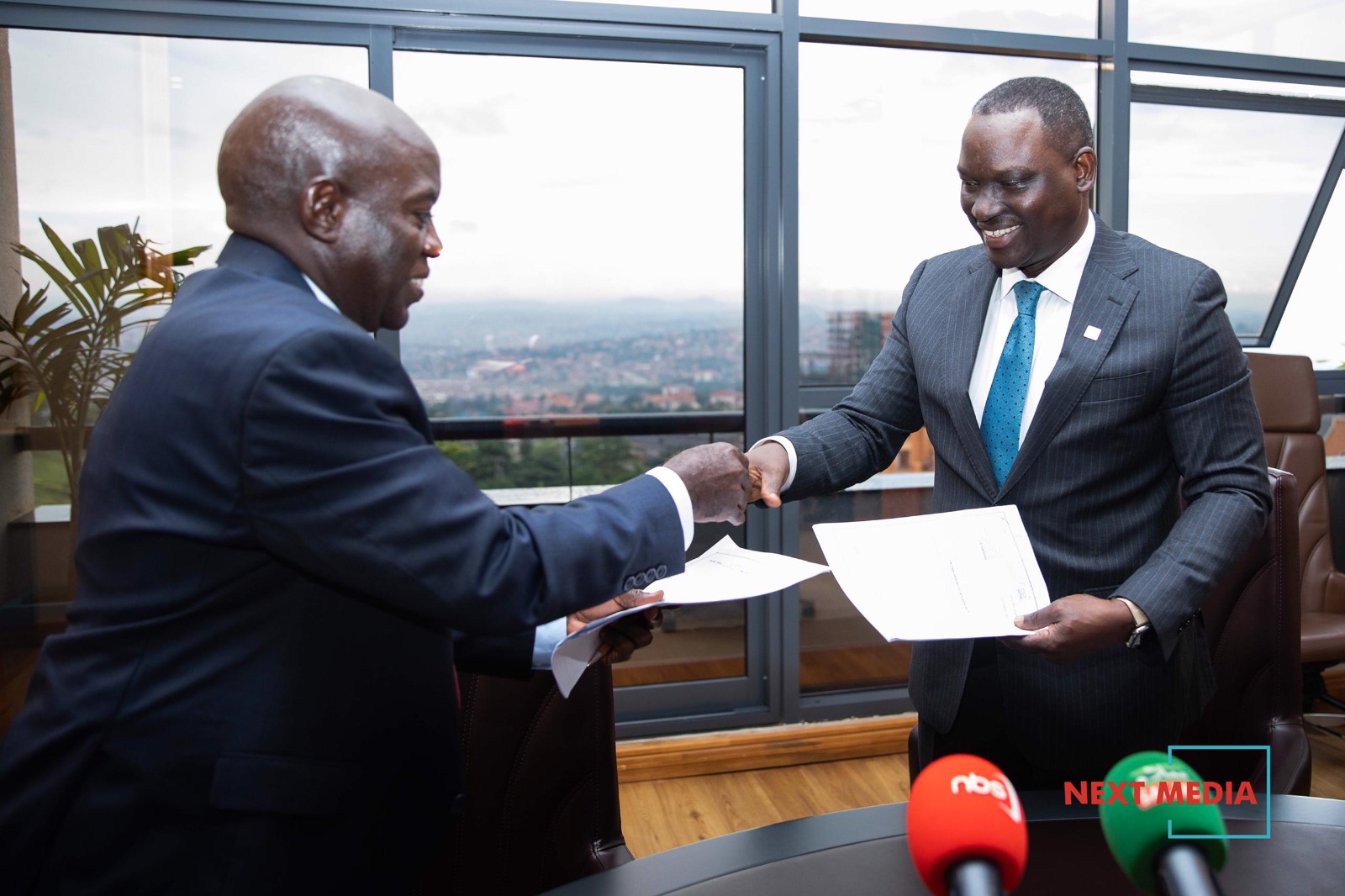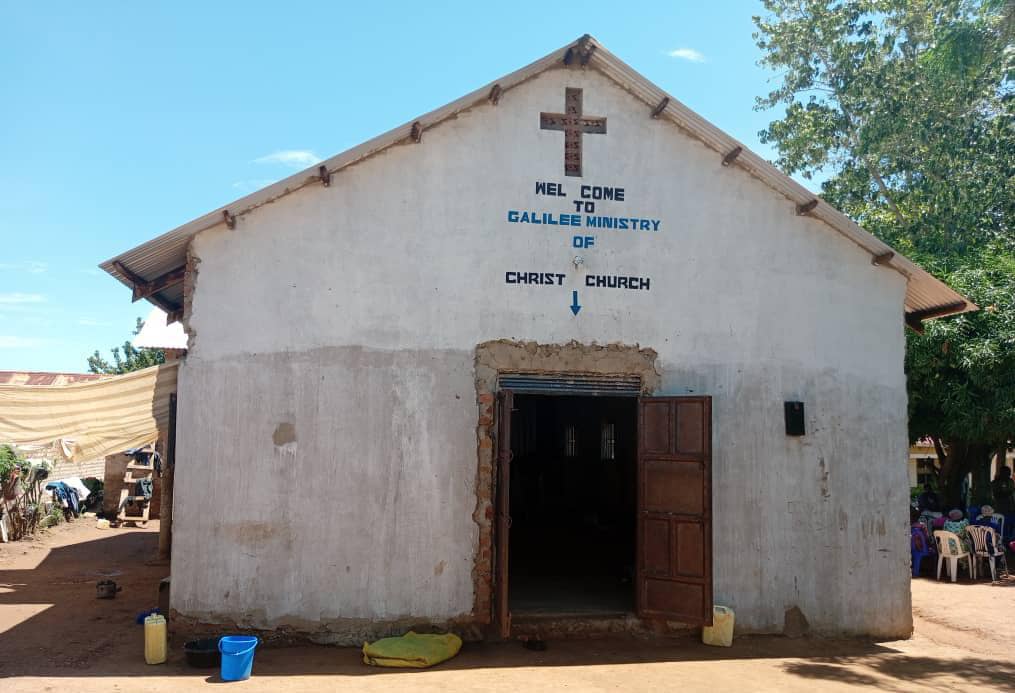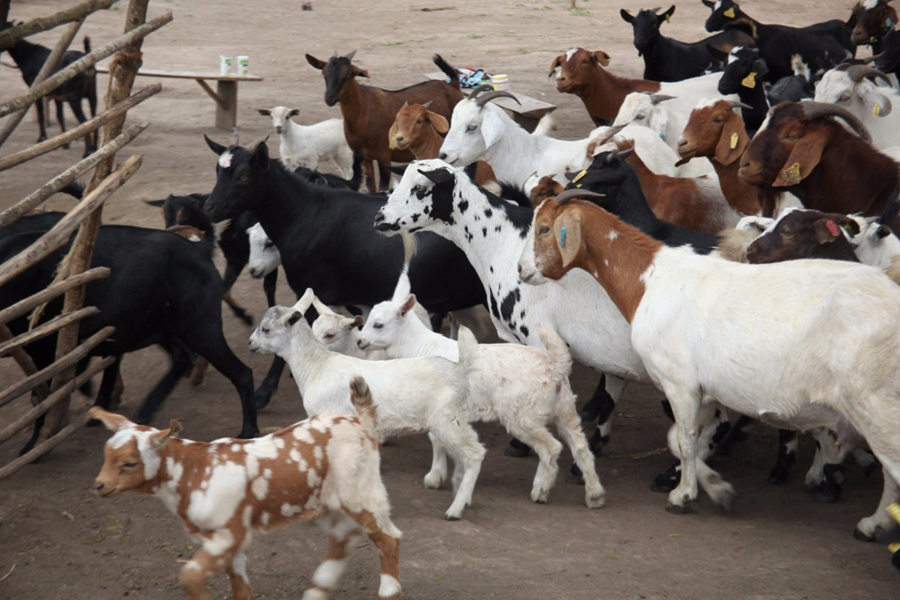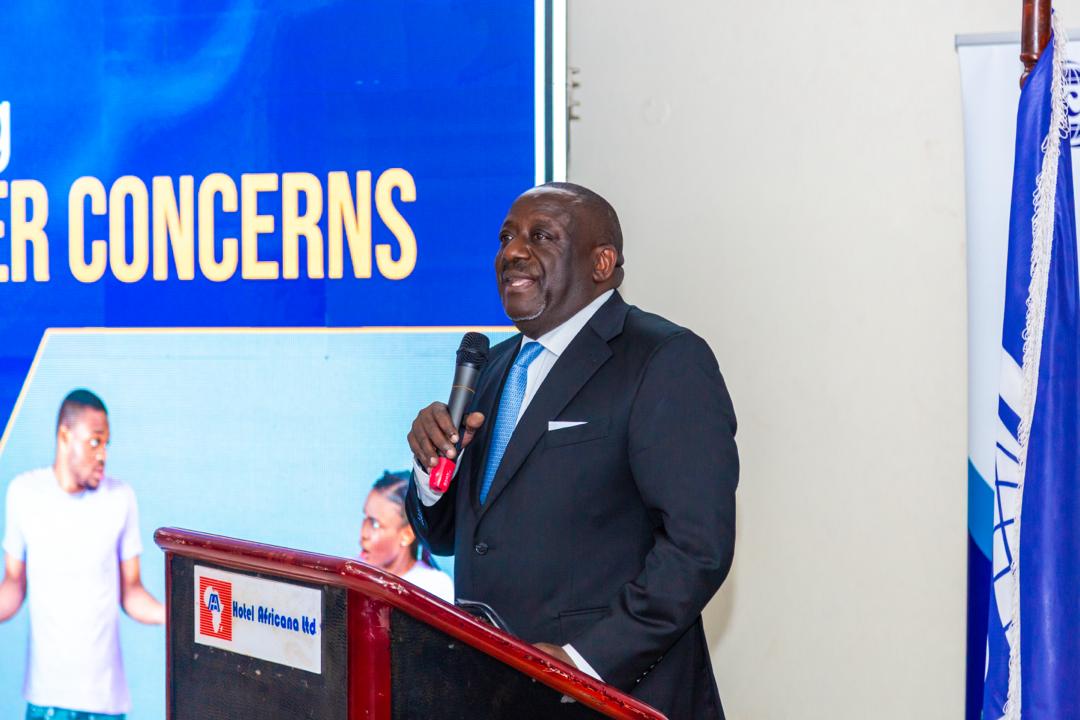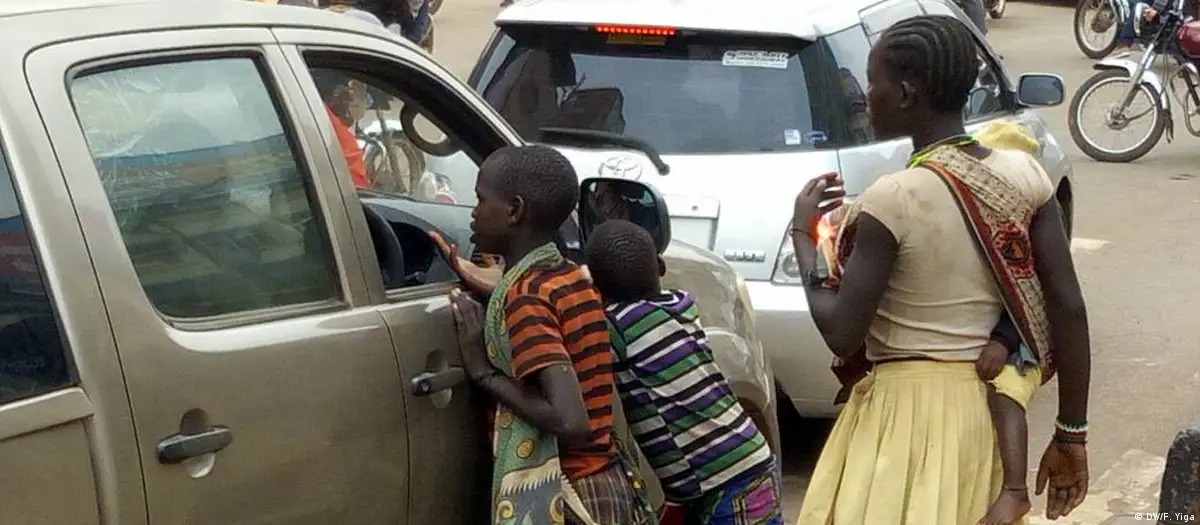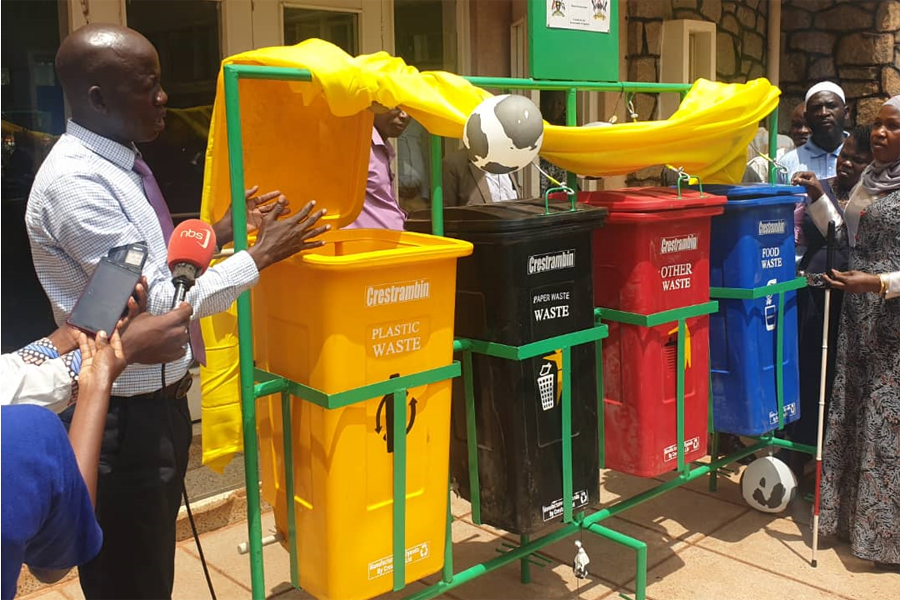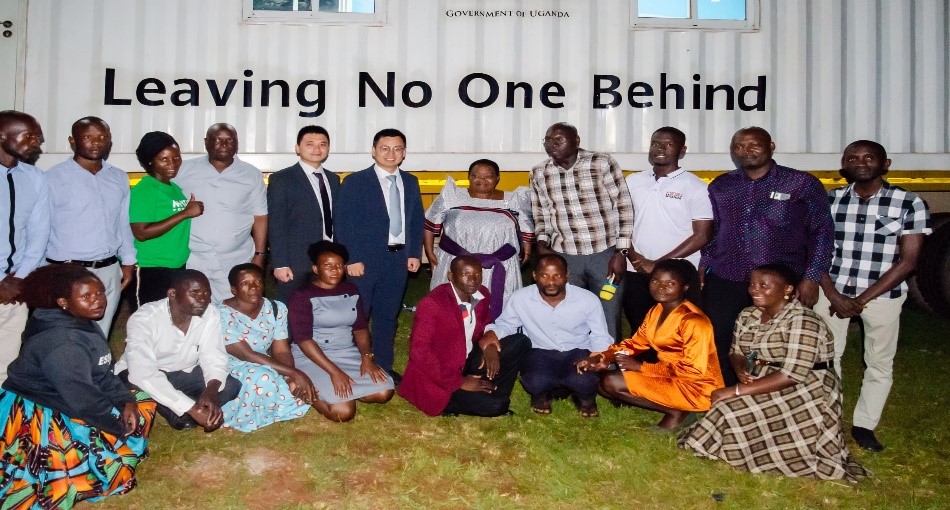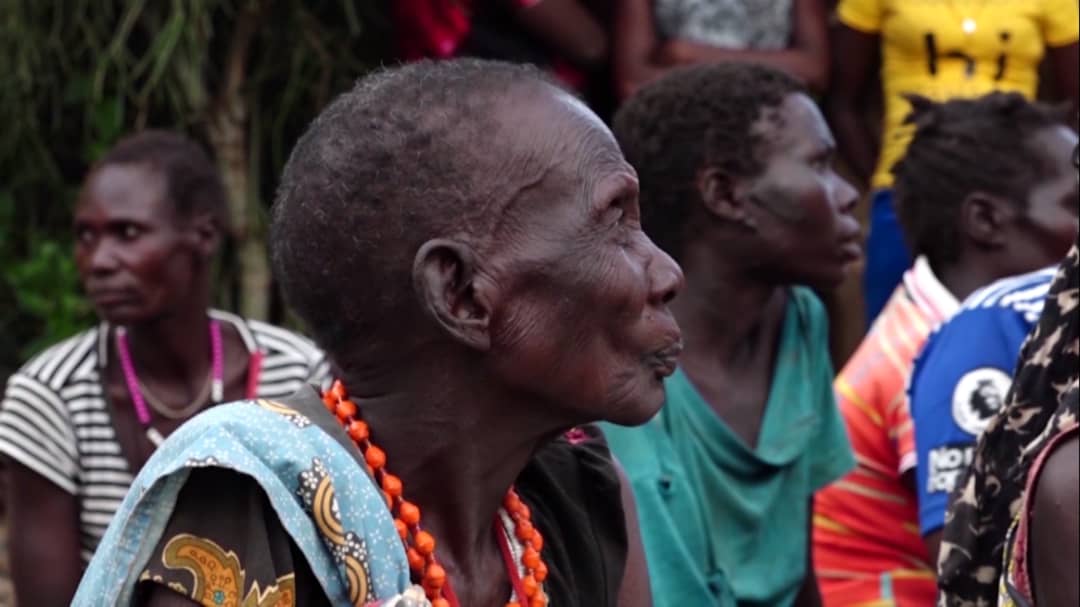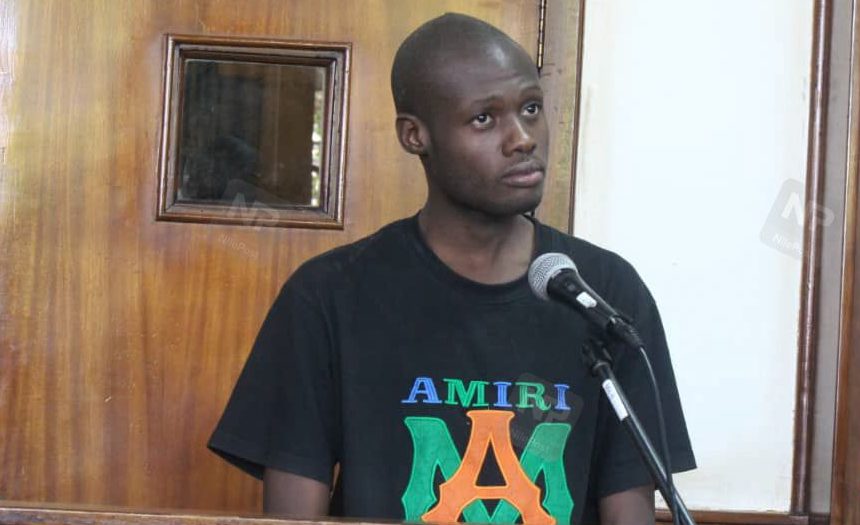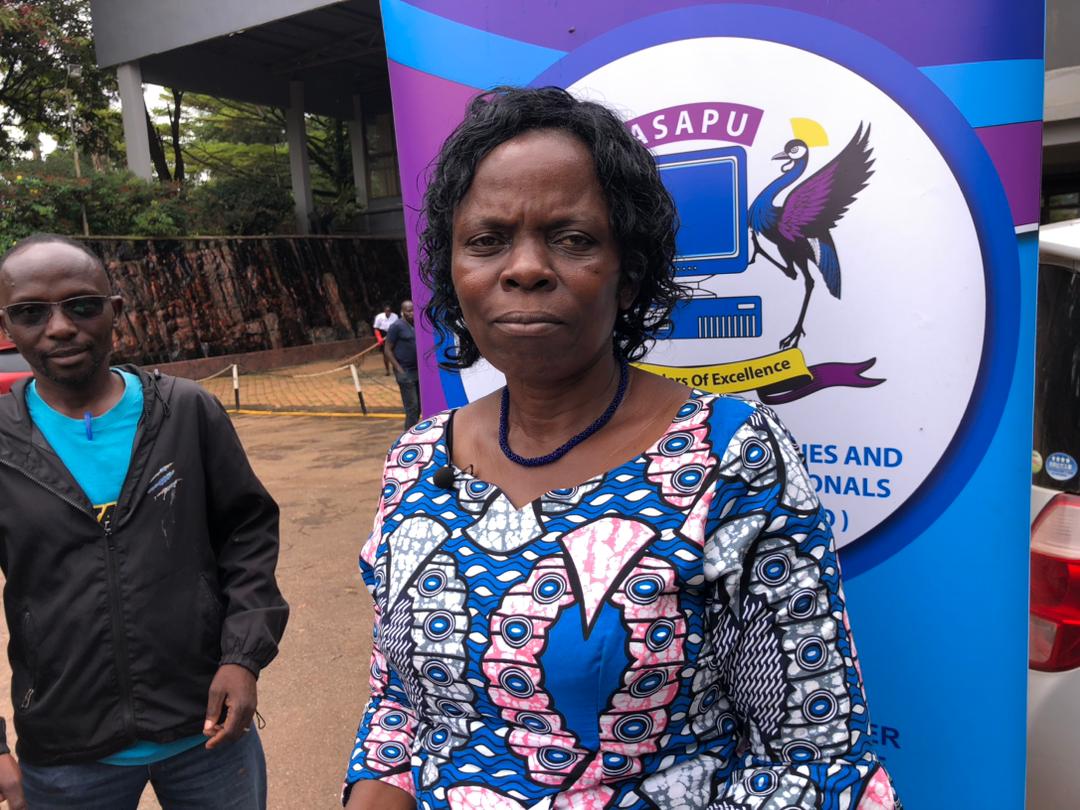Bill Clinton, and Cyril Ramaphosa join Rwandans in commemorating 30 years since the genocide
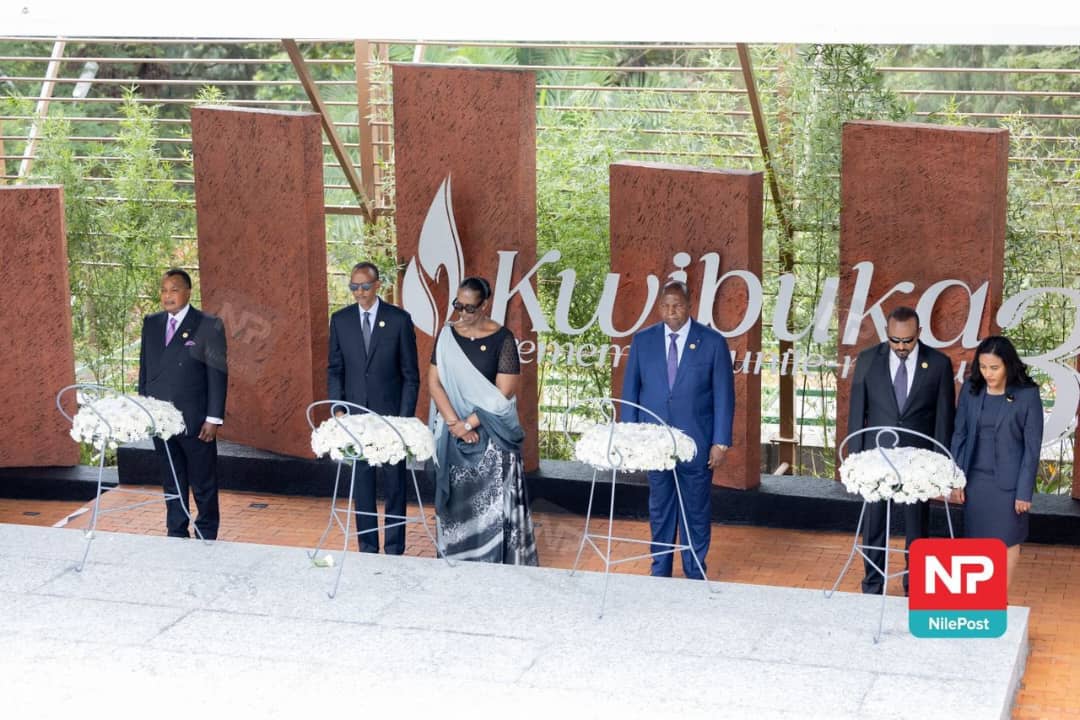
Former US President Bill Clinton and South Africa's President Cyril Ramaphosa joined Rwandans in commemorating the 30th anniversary of the genocide.
This event marks three decades since an estimated 800,000 people were killed by government-backed extremists, leaving the small East African country still grappling with the horrific legacy of the massacres.
Keep Reading
President Paul Kagame of Rwanda, accompanied by various heads of state, including Clinton and Ramaphosa, paid tribute to the victims of the 1994 Rwandan Genocide at the Kigali Genocide Memorial Centre by lighting the Flame of Hope.
After leaving office, Clinton acknowledged the failure of his administration in preventing the Rwandan genocide.
Kagame, who grew up as a refugee in Uganda, has been the de facto ruler of Rwanda.
He served as vice president from 1994 to 2000 and then as acting president before being elected in 2003. Since then, he has been reelected multiple times, winning the last election with nearly 99% of the vote.
Critics argue that Kagame's rule has created a climate of fear, stifling open and free discussions on national issues.
Human rights activists and others have accused his government of forcing opponents into exile, imprisoning or causing them to disappear, and even resorting to killings under mysterious circumstances.
Kagame's most significant political rivals are Tutsi ex-comrades who are now living in exile.
Tensions have recently escalated with Congo, with both countries' leaders accusing each other of supporting armed groups.
Relations with Burundi have also been strained due to allegations that Kigali is backing a rebel group attacking Burundi. Additionally, relations with Uganda have yet to fully normalize following past tensions related to Rwandan accusations of Uganda supporting rebels opposed to Kagame's regime.
The genocide began when the plane of Rwandan President Juvénal Habyarimana was shot down on April 6, 1994.
Hutu extremists in a crisis committee seized power, leading to the murder of Prime Minister Agathe Uwilingiyimana, a moderate Hutu.
They then launched a campaign of slaughter against the Tutsis. Despite early calls for international intervention, the pleas were ignored and deflected.
Instead of stopping the killing, states sought to engage with the extremists, encouraging them to implement the Arusha Accords agreed upon the previous August.
The United Nations' failure to expand the mandate of its peacekeepers on the ground, limited by a Chapter 6 mandate focused on implementing the Arusha Accords, rendered them powerless to halt the ongoing massacre.
The murder of 10 Belgian U.N. troops reminded the world of the deaths of 18 U.S. troops in a previous U.N. mission in Somalia in 1993.
Shockingly, two weeks after the genocide began and despite daily news coverage, the U.N. Security Council reduced the U.N. troop presence in Rwanda from 2,500 to 250.
The genocide persisted until the Tutsi Rwandan Patriotic Front, led by Kagame, arrived in Kigali and pursued the génocidaires into Zaire (now the Democratic Republic of the Congo).
The Rwanda genocide became a symbol of the moral failures of a state-centric, realist foreign-policy order.
The reliance on sovereign states inviting external intervention was deemed insufficient.


